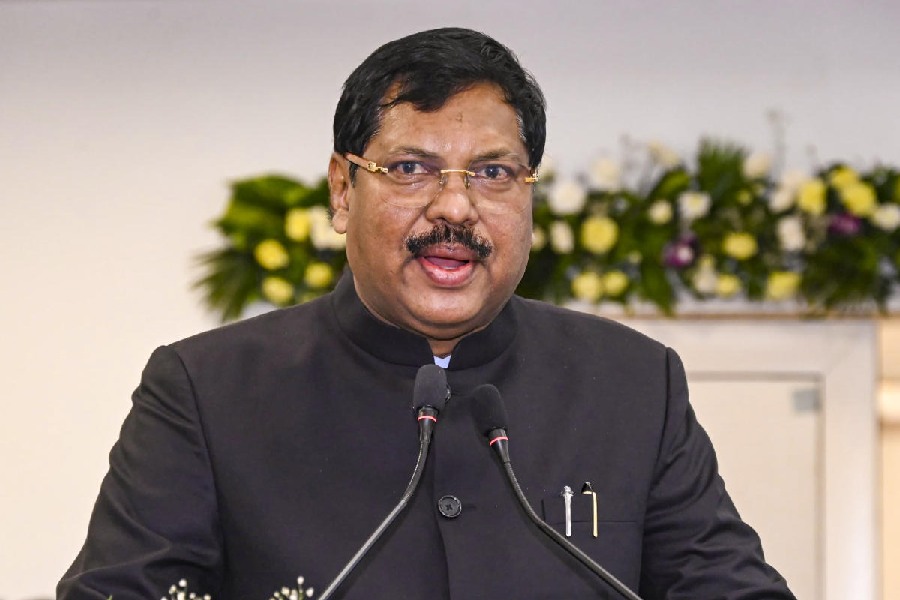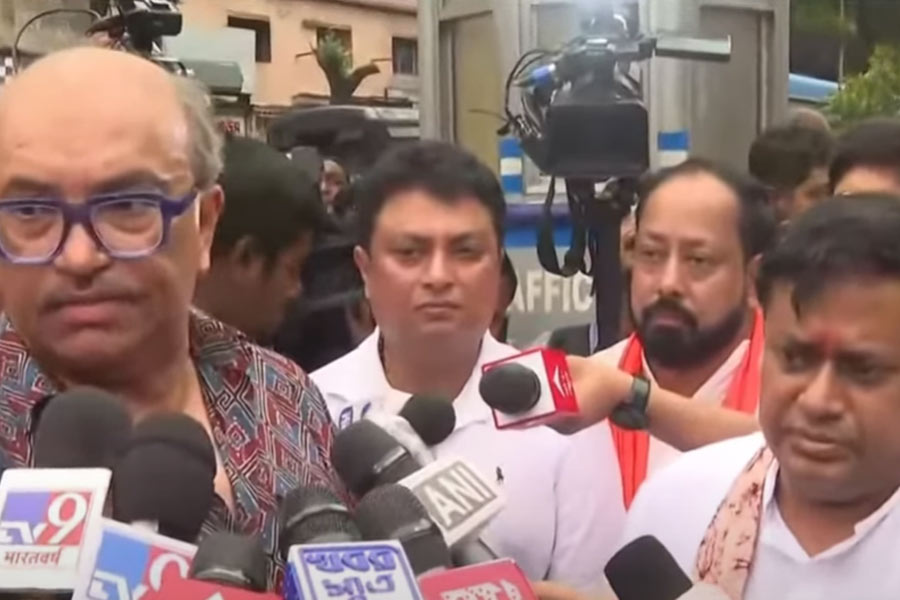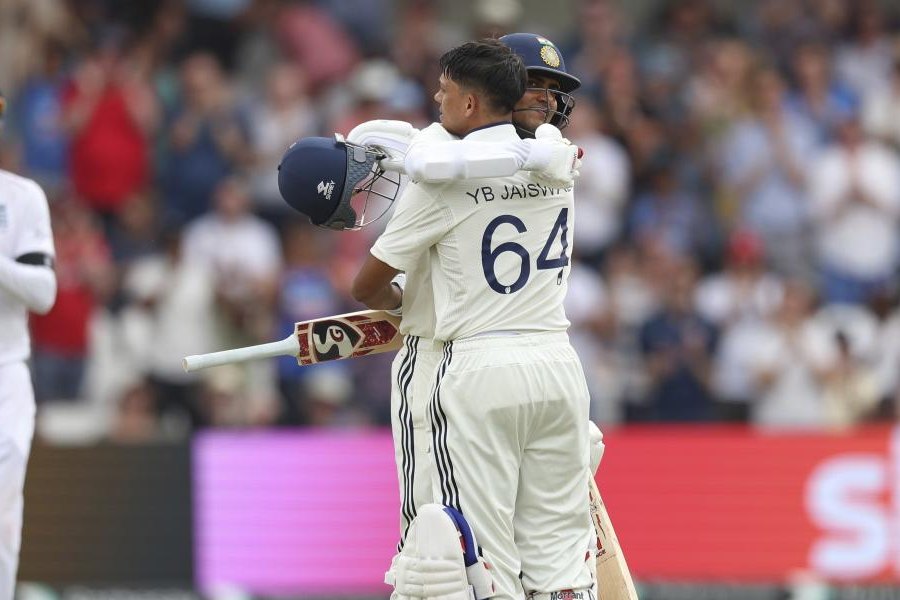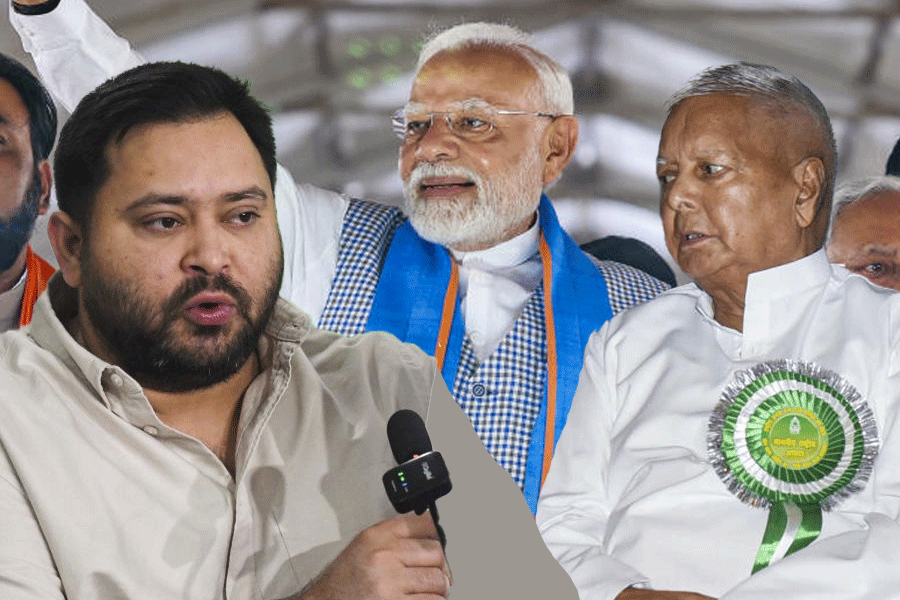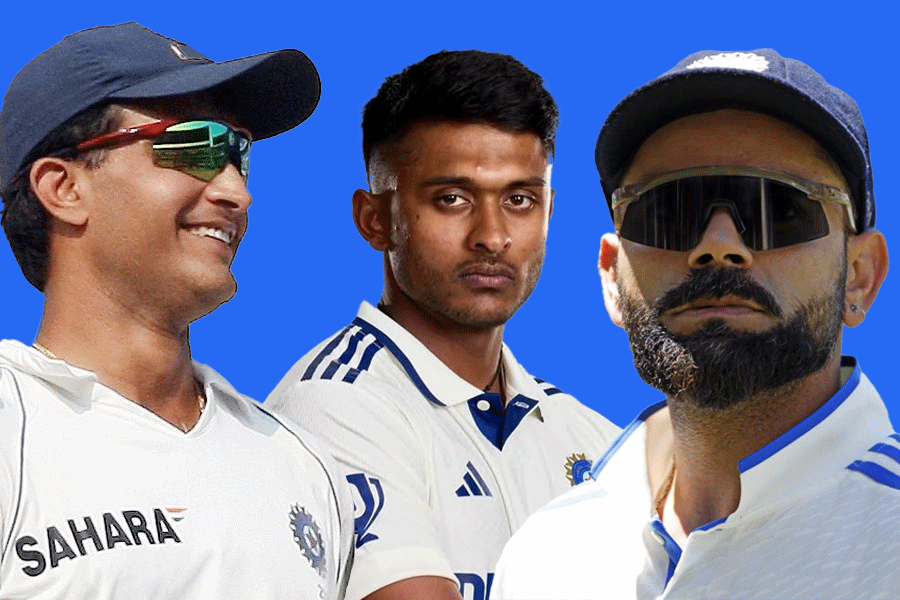Guru Kelucharan Mohapatra, instrumental in reaching Odissi to a world audience, died on Wednesday in Bhubaneswar at age 78.
He was rushed to a private nursing home around 11 am after he complained of uneasiness and was pronounced dead on arrival, sources said. He is survived by his wife Laxmipriya and son Ratikant.
Considered the greatest exponent of Odissi, Kelucharan not only groomed generations of performers but was also responsible for the codification and stylisation of the dance form.
Born on January 8, 1926, at Raghurajpur in Puri, Kelucharan was drawn to the Gotipua dance form at a tender age and frequented the akhara of Balabhadra Sahu. Seeing his son’s interest, his father Chintamani Mohapatra, a mrudanga player, sent him to Guru Mohan Goswami at age nine, where he took lessons in acting, mime, singing, percussion and stagecraft.
From 1946 to 1952, Kelucharan worked with the Annapurna ‘B’ theatre group of Cuttack and established himself as a dancer, percussionist and choreographer. His big break came with a solo piece in a dance drama on Devi Bhasmasura under the direction of Guru Pankaj Charan Das. Kelucharan stole the show with his performance of Nataraja, while Laxmipriya, who was to later become his wife, portrayed Mohini. The two soon became famous for their Dashavataar dance performance.
In 1953, Kelucharan joined Kala Vikas Kendra in Cuttack, the state’s first college of dance and music, teaching Odissi and researching the various folk and tribal dance forms of Orissa. During this period, he also choreographed several dance dramas. His interpretations of Radha in Geet Govinda and Kaibarta from the Ramayana are legendary.
In the Eighties, Kelucharan left Kala Vikas Kendra and started touring various cities across the country, teaching and spreading the dance form.


